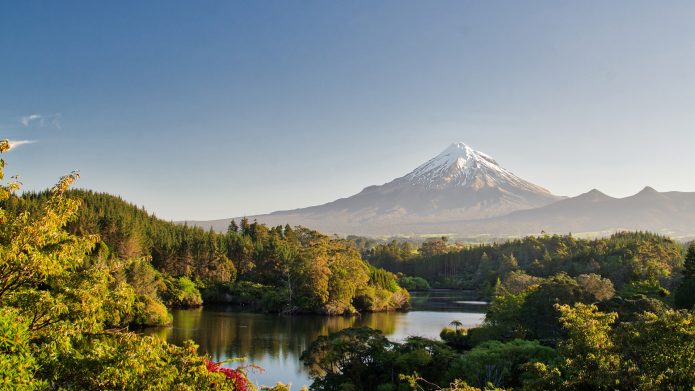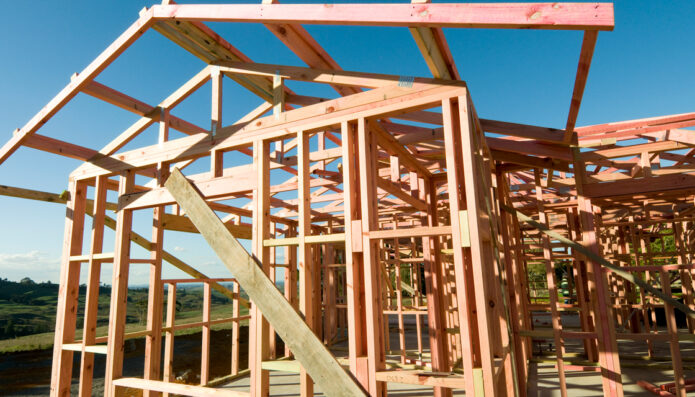PHOTO: Apple Park
Apple Park is the corporate headquarters of Apple Inc., located in Cupertino, California, United States. It was opened to employees in April 2017, while construction was still underway, and superseded the original headquarters at 1 Infinite Loop, which opened in 1993.
The main building’s scale and circular groundscraper design, by Norman Foster, have earned the structure the media nickname “the spaceship”. Located on a suburban site totaling 1.46 km2 (360 acres), it houses more than 12,000 employees in one central four-story circular building of approximately 0.26 km2 (64 acres). Apple co-founder Steve Jobs wanted the campus to look less like a business park and more like a nature refuge; 80 percent of the site consists of green space planted with drought-resistant trees and plants indigenous to the Cupertino area, and the center courtyard of the main building features an artificial pond.
History
In April 2006, Apple’s then CEO Steve Jobs announced to the city council of Cupertino that Apple had acquired nine contiguous properties to build a second campus, the Apple Campus 2. The idea for a new headquarters was conceived by Jobs and Apple’s then chief designer Jony Ive. Ive was Apple’s immediate choice to design the project, going on to work very closely together with Norman Foster across five years, designing every detail, from the glass panels to the elevator buttons.
Purchases of the needed properties were made through the company Hines Interests, which in at least some cases did not disclose the fact that Apple was the ultimate buyer; Philip Mahoney, a partner with a local commercial real estate brokerage, noted that this is common practice in attempts to arrange the purchase of contiguous land made up of multiple parcels with separate owners, in order to keep costs from skyrocketing and not reveal the company’s plans to competitors. Among the sellers of the properties were SummerHill Homes (a plot of 8 acres or 3.2 hectares) and Hewlett-Packard (three buildings of their campus in Cupertino).
Until April 2008, Apple had not sought the necessary permits to begin construction, so it was estimated that the project would not be ready in 2010 as originally proposed; however, the buildings on the site were held by Apple for its operations. In November 2010 the San Jose Mercury News revealed that Apple had bought an additional 98 acres (40 ha) no longer used by HP Inc., just north across Pruneridge Ave. This space had been the HP campus in Cupertino before it was relocated to Palo Alto.
On June 7, 2011, Jobs presented to the Cupertino City Council details of the architectural design of the new buildings and their surroundings. He did not live to see construction begin. Jobs passed away a few months later, on October 5, 2011.
On October 15, 2013, Cupertino City Council unanimously approved Apple’s plans for the new campus after a six-hour debate. Shortly thereafter, demolition work began to prepare the site for construction.
On February 22, 2017, Apple announced the official name of the campus as the “Apple Park”, and the auditorium to be named the “Steve Jobs Theater”.
Originally expected to break ground in 2013 and open in 2015, the project was delayed and started in 2014. The campus opened for workers in April 2017, despite continued construction work. This was followed by the first event in the Steve Jobs Theater, which took place on September 12, 2017. The Apple Park Visitor Center opened five days later, on September 17, 2017.
As a consequence of the presence of the Apple Park in the area, surrounding streets have met with both increased tourism, along with rising real estate values of local housing, often drawing in Apple employees wanting to live near the workplace.
Location
Apple Park is located 1.2 miles (1.9 km) east of the original Apple Campus. Apple has had a presence in Cupertino since 1977, which is why the company decided to build in the area rather than move to a cheaper, distant location. The campus is also next to a contaminated site under Superfund legislation with a groundwater plume.














